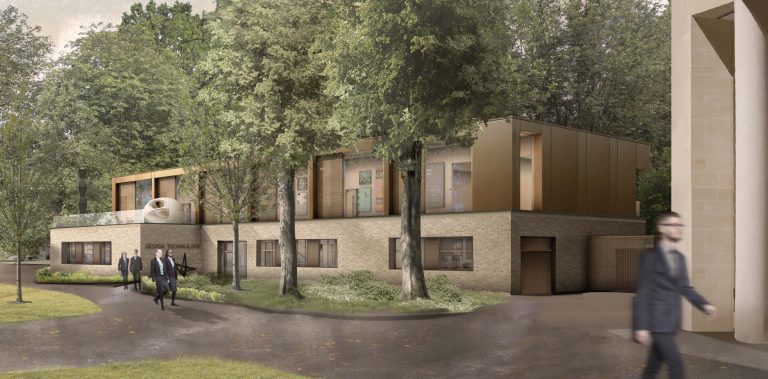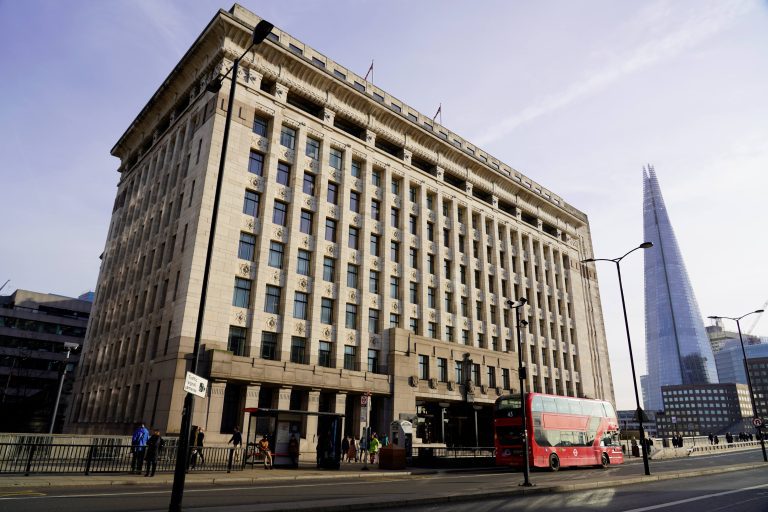Award-winning contractor Beard has started work on a trailblazing Design, Technology & Engineering (DTE) building at Stowe School in Buckinghamshire. The £5.9 million project will see Beard’s Oxford office build a brand-new, state-of-the-art facility at the school’s campus in the grounds of the historic Stowe House. The two-storey building will comprise of modern teaching spaces, studios and workshops, and will serve as its own educational resource. Instead of many of the internal finishes traditionally found in other buildings, the structure, joints, beams and bolted connections will be purposely left exposed. All services will be colour-coded and will remain uncovered, allowing students to observe the infrastructure of pipes through internal walls, right through to the plant room. Working alongside architects Design Engine, the project aims to minimise material use and be suitable for deconstruction, should the area ever need to be restored to woodland. With a clear emphasis on structural embodied carbon, the Beard team will be working with key supply chain partner B&K Hybrid Solutions on the timber frame construction consisting of glulam and CLT (cross-laminated timber). Beard has already begun work on the foundations, completing the installation of helical piles ahead of the steel framing and ground floor concrete slab. The project itself is set to complete next autumn. While the site is secured with fencing and hoardings, Beard is working closely with the school to minimise disruption and ensure students and staff remain safe. In addition to scheduling deliveries outside of high-traffic periods, the team are using a separate entrance for heavy goods, helping to protect the weak bridge at the main school entrance. Beard will also be engaging with students in the new year through talks and site visits, allowing pupils to not only experience the finished project, but to ask questions and follow along in its build. Dean Averies, Beard director for Oxford, said: “With our reputation in the education sector, Beard has had the privilege of being involved in a number of prestigious builds across the region. This innovative project is another fantastic example, and we’re incredibly proud to support Stowe School in delivering a state-of-the-art facility to truly bring these exciting subjects to life. “Beard is well known for delivering ambitious buildings to a high standard of quality. This project is a great opportunity for us to demonstrate this and our commitment to prompt and faultless delivery. Not only is there nowhere to hide with many elements of the building remaining exposed, but the entire build and installation must be exemplary, to provide an educational tool and benchmark for students.” Dr Anthony Wallersteiner, head of Stowe School, added: “We are delighted to see Beard start work on the new Design, Technology & Engineering building. Nestled in the grounds of historic Stowe and in the shadow of Silverstone and the UK’s engineering heartland, the cutting-edge DT&E Centre will complement its surroundings, all while providing an extraordinary educational resource for our future architects, designers and engineers. “We look forward to the project completing next autumn and working closely with Beard to share their insight and expertise throughout the build.” Lee Roberts, pre-construction director, B&K Hybrid Solutions, said: “We’re delighted to be delivering the innovative Stowe School alongside Beard and the local authority. BKHS have a great wealth of experience in the education sector, and are excited to add another premium, low-carbon building to our repertoire. The project shows a real commitment to low-carbon building solutions and we look forward to sharing the journey with the students and faculty at Stowe School.” Through its offices in Swindon, Oxford, Guildford and Bristol, Beard has completed education projects across primary, secondary, further education and SEND provisions. In addition to extensive work with Oxford University and its colleges, Beard has worked closely with the likes of Abingdon School, Marlborough College in Wiltshire and Mary Hare School in Newbury – the UK’s largest school for the deaf. For more information, please visit www.beardconstruction.co.uk. Building, Design & Construction Magazine | The Choice of Industry Professionals














